- sort orderDefault
Photo title, A → Z
Photo title, Z → A
✔ Date created, new → old
Date created, old → new
Date posted, new → old
Date posted, old → new
Visits, high → low
Random - Google Map
- map
 home / Insecta · vabzdžiai / Coleoptera · vabalai / Nitidulidae · žvilgiavabaliai / Cychramus luteus · žvilgvabalis
home / Insecta · vabzdžiai / Coleoptera · vabalai / Nitidulidae · žvilgiavabaliai / Cychramus luteus · žvilgvabalis

-
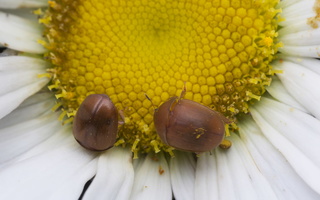 Cychramus luteus · žvilgvabalis
Cychramus luteus · žvilgvabalis
-
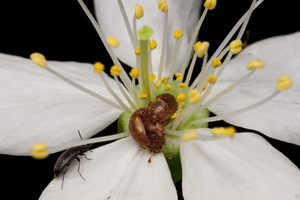 Cychramus luteus · žvilgvabalis
Cychramus luteus · žvilgvabalis
-
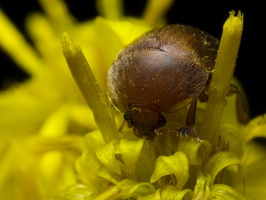 Cychramus luteus · žvilgvabalis
Cychramus luteus · žvilgvabalis
-
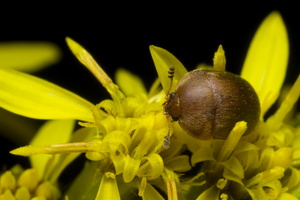 Cychramus luteus · žvilgvabalis
Cychramus luteus · žvilgvabalis
-
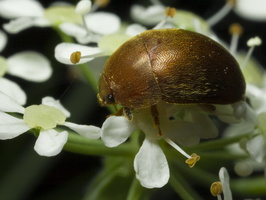 Cychramus luteus · žvilgvabalis
Cychramus luteus · žvilgvabalis
-
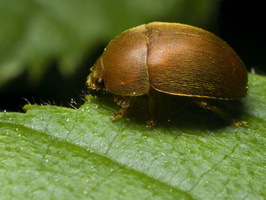 Cychramus luteus · žvilgvabalis
Cychramus luteus · žvilgvabalis
Cychramus luteus · žvilgvabalis
- Brauner Glanzkäfer
- Blomsterkøllebille, Gul glansbille
- silkkihälvekäs
- grote gele glanskever, gele bloemkevertje
ukbeetles.co.uk/cychramus-luteus
This is a generally common and widely distributed transpalaearctic species occurring from Spain to the far east of Russia and Korea, the European distribution extends from the south of France to the Balkan Peninsula and north to the middle of Fennoscandia and the UK. Adults occur from Late April until September; early in the year on various flowers, especially hawthorn blossom and umbels where they feed on pollen, later on flowers and foliage and from late summer among fungi including puffballs. Typical habitats are open grassland, hedgerows, parkland and river margins etc. with a supply of flowers; they are active in warm weather, disperse by flight. Larvae feed among fungal fruiting bodies as adults are sometimes recorded in numbers here in the autumn. Adults usually occur near to wooded areas or hedgerows etc., in the autumn they sometimes occur in tight-packed groups in fungi and when disturbed may either move quickly or remain in place partially curled into a loose ball.
It is large, 3.2-5.6 mm, broadly oval and rather weakly convex and entirely pale brown in colour. Entire dorsal surface with quite dense recumbent pale pubescence. Head transverse and strongly produced anterior to very convex and protruding eyes, vertex flat and finely punctured, frontoclypeal suture complete and well-impressed. Antennae inserted laterally in front of the eyes, 11-segmented; 2 basal segments expanded internally, 3-5 elongate, 6 quadrate, 7 and 8 transverse and 9-11 form an abrupt and loose club. Pronotum widely transverse and evenly convex, without sculpture, fovea or explanate margins, finely and quite densely punctured throughout. Lateral margins of the pronotum and elytra fringed with tiny pale hairs, those on the pronotum distinctly shorter than those on the elytra. Elytra broadest behind rounded shoulders and evenly curved to separately rounded apices which more or less cover the abdomen, finely and randomly punctured throughout and without striae. Legs short and robust; femora only narrowly visible from above, tibiae gradually expanded towards the apex, the middle and hind tibiae with 2 distinct rows of stout short bristles along the external edge. Tarsi 5-segmentd with the terminal segment as long as the others combined, basal segments broad, especially on the front tarsi, the third not wider than the first or second and the fourth tiny. Claws smooth and weakly toothed at the base. The strongly convex and asymmetric eyes and short and strongly contracted temples (often hidden within the thorax) are characteristic of this species.